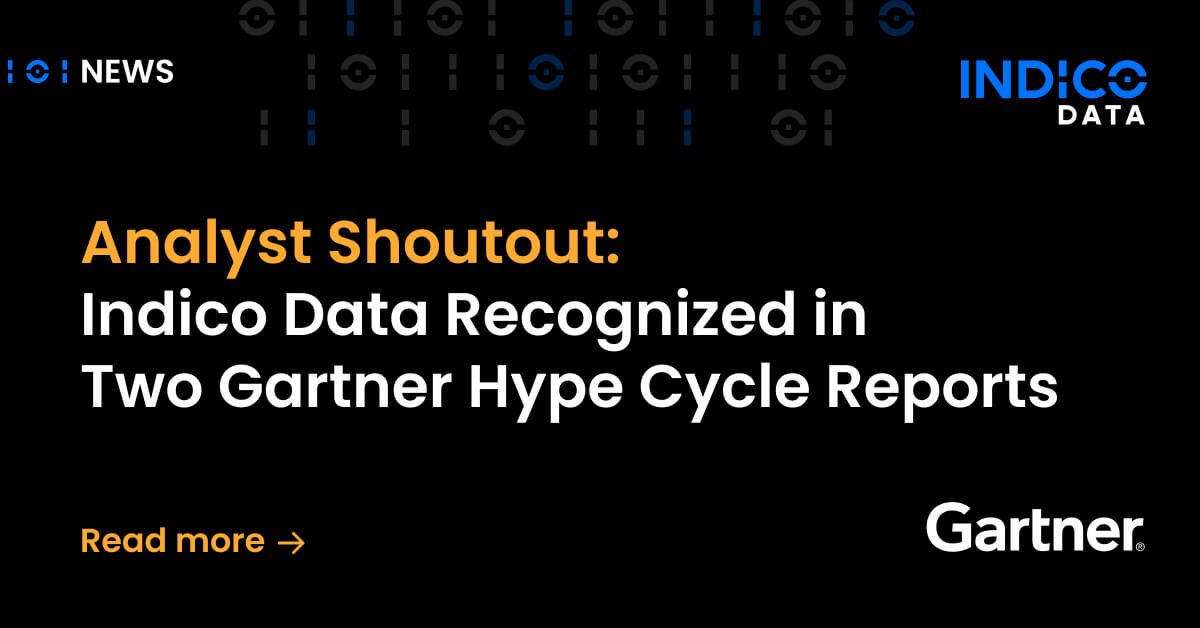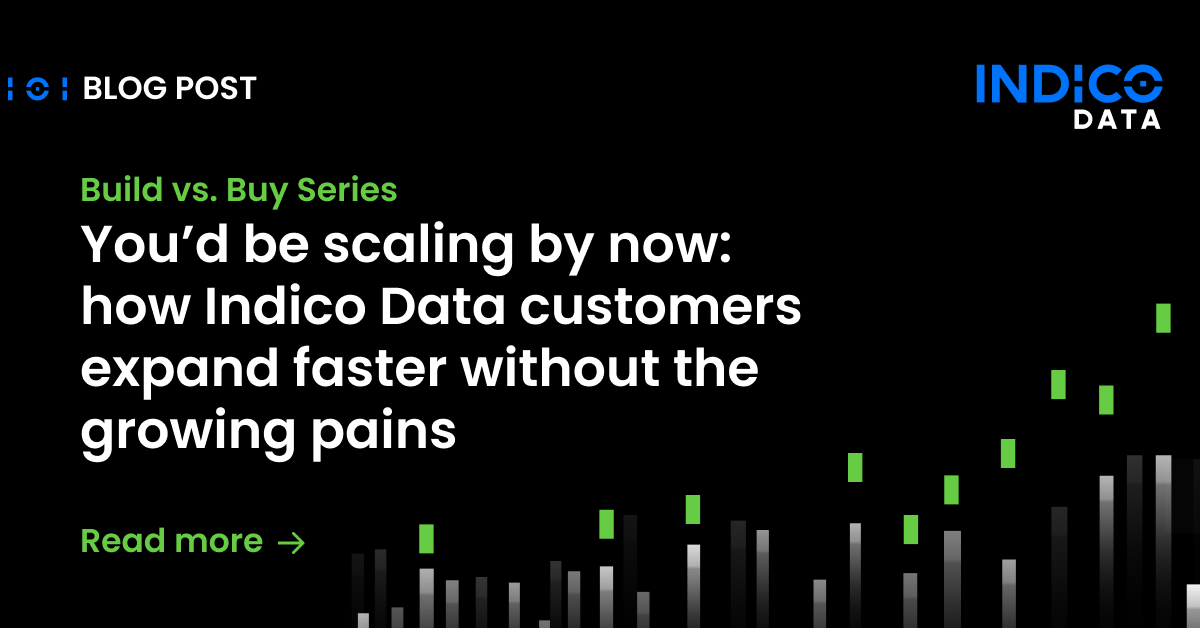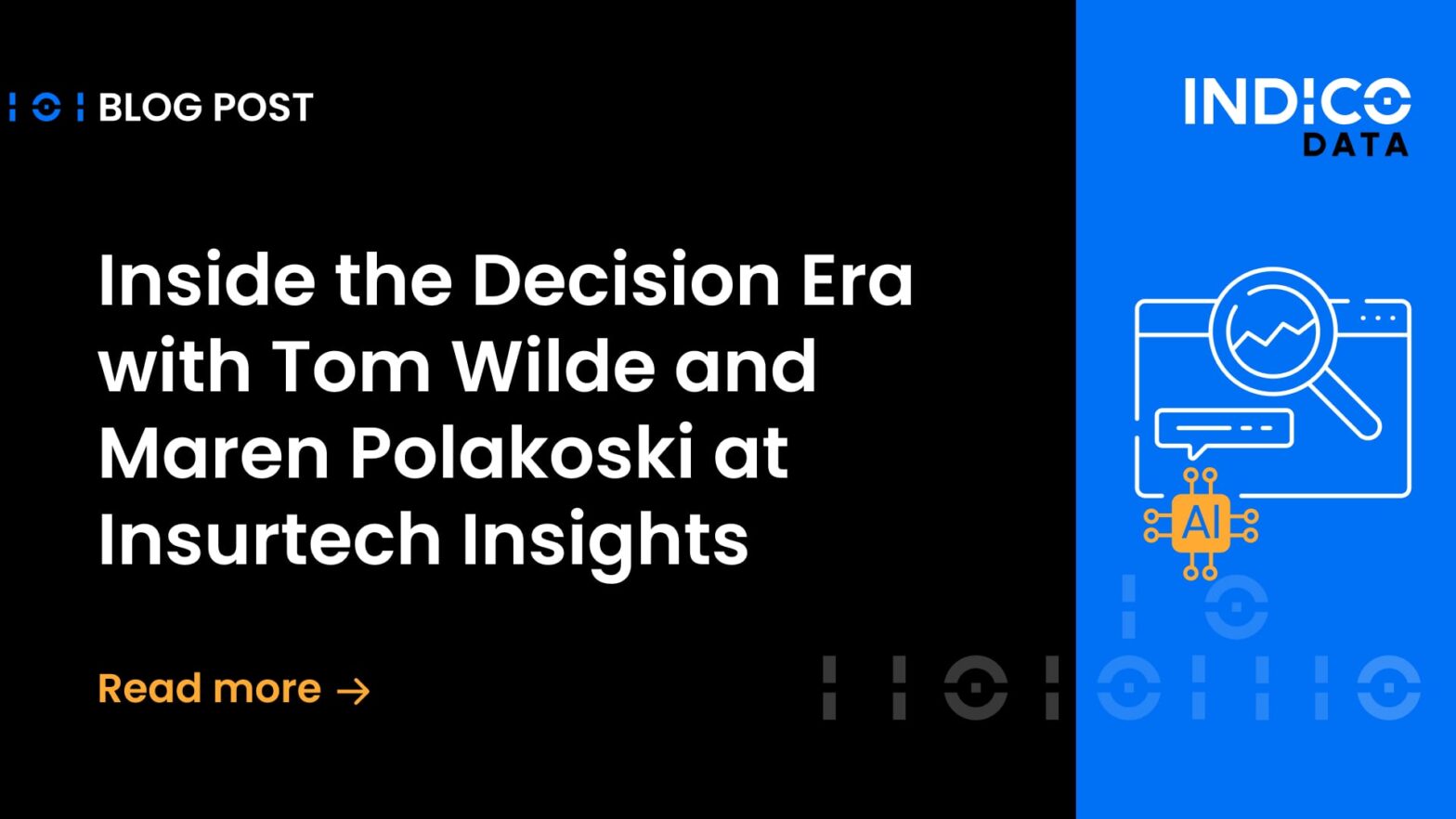Processing invoices is an issue that just about any large company struggles with – and one that’s ripe for automation. But it’s a classic example of an application where process automation software that relies on templates fails to deliver consistent results, for reasons that are easy to understand.
Consider a large enterprise that has hundreds or thousands of suppliers. It has invoices coming from all of them, all using different formats. Traditionally, the only way to get these invoices into their processing system of choice, typically an enterprise resource planning (ERP) system, was to have a human read each invoice and manually enter relevant data – name, date, amount, etc. – into the ERP system. Given the volume they’re dealing with, it’s not at all uncommon for a large company to have dozens or hundreds of people performing this function.
Such repetitive work is not only mind-numbingly boring for employees, it’s prone to error – because it’s mind-numbingly boring. There has to be a better way, right?
The problem with templates
That’s what many companies hope for when they come across process automation tools and optical character recognition (OCR) software that promise to address the invoice problem. In practice, they typically fall short for a simple reason: most of these tools rely on a templated approach to automation.
In the case of invoice automation, that means you need to create a template that defines in detail where each piece of relevant information is located on each invoice – company name, address, product, price, and so on. If you’ve got hundreds or thousands of suppliers, each with their own invoice format, you need to come up with a template for every single one of them. That’s not automation; it’s torture.
And it doesn’t work. Time after time, we hear from companies that performed a pilot of a template-based OCR tool. Maybe their OCR or process automation vendor took a dozen or so invoices and created templates for them for the pilot. That’s not an insurmountable task and it may well work well enough. But when the pilot is over and now you have to scale the project to your production load, with all its built-in variation – that’s a different story, one that even the best OCR software for invoice processing is ill-equipped to handle.
Intelligent automation offers a better way: invoice processing without templates
When you have invoices from many different companies, you’re essentially dealing with unstructured content, which Regex other rule-based tools that require a templated approach aren’t well-suited to handle.
Intelligent process automation (IPA) tools, on the other hand, provide for template-less invoice extraction. IPA uses OCR, machine learning (ML), and natural language processing (NLP) to enable it to understand the context in a given document, enabling it to identify the relevant information you want to extract. For the invoice use case, you would simply need to take a few dozen representative samples of the invoices your company receives to train the IPA deep learning model.
This is where the magic happens. After looking at a good representative sample of invoices, the IPA tool is smart enough to learn what each relevant field looks like on the invoice, including company name, price, and so on. Once you train the model, there’s no need to create templates for each different invoice you may come across. The model can recognize the relevant fields no matter where they show up on a given invoice, even if it’s from a new supplier that uses a format the automation software hasn’t seen before.
Once the model is trained, you really can automate invoice processing. The IPA tool will ingest and “read” the invoices, pull out relevant fields and reformat them into the structure your ERP or other downstream processing tool expects. (At that point, you can use an RPA tool to automate the process of actually feeding the now-structured data into the ERP invoice processing system, a good example of how IPA actually complements RPA.)
Robust and customizable
Indico’s IPA platform can be customized by your SMEs (they don’t even need to be data scientists!) to handle invoice automation use cases. That means you can take the vast majority of those dozens or hundreds of employees who now perform the chore manually and find more meaningful and rewarding work for them to do – a key benefit of process automation.
IPA offers a simple, effective way to automate invoice processing, along with all sorts of other unstructured content. To learn more, check out this white paper from experts at the Everest Group, “Unstructured Data Process Automation.”


